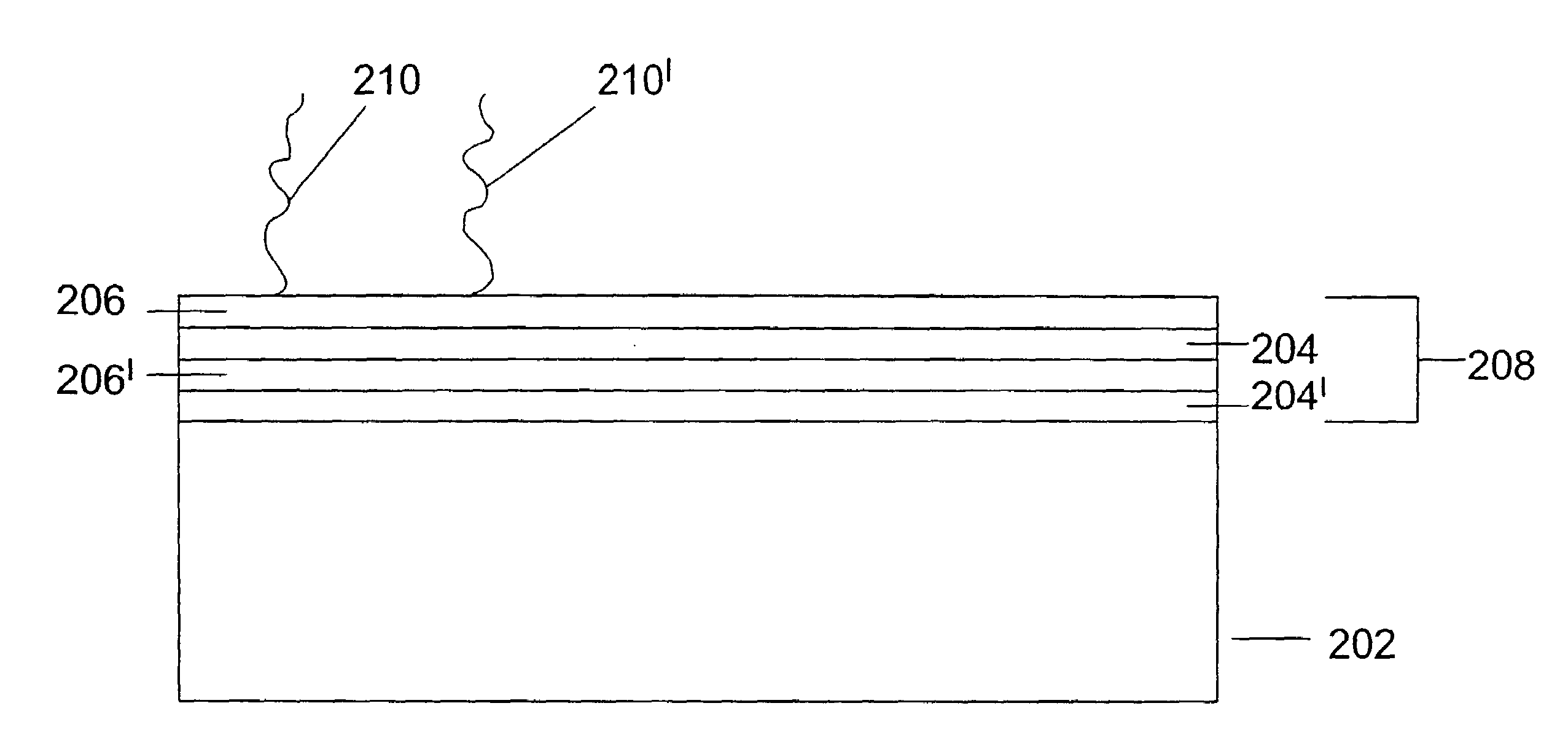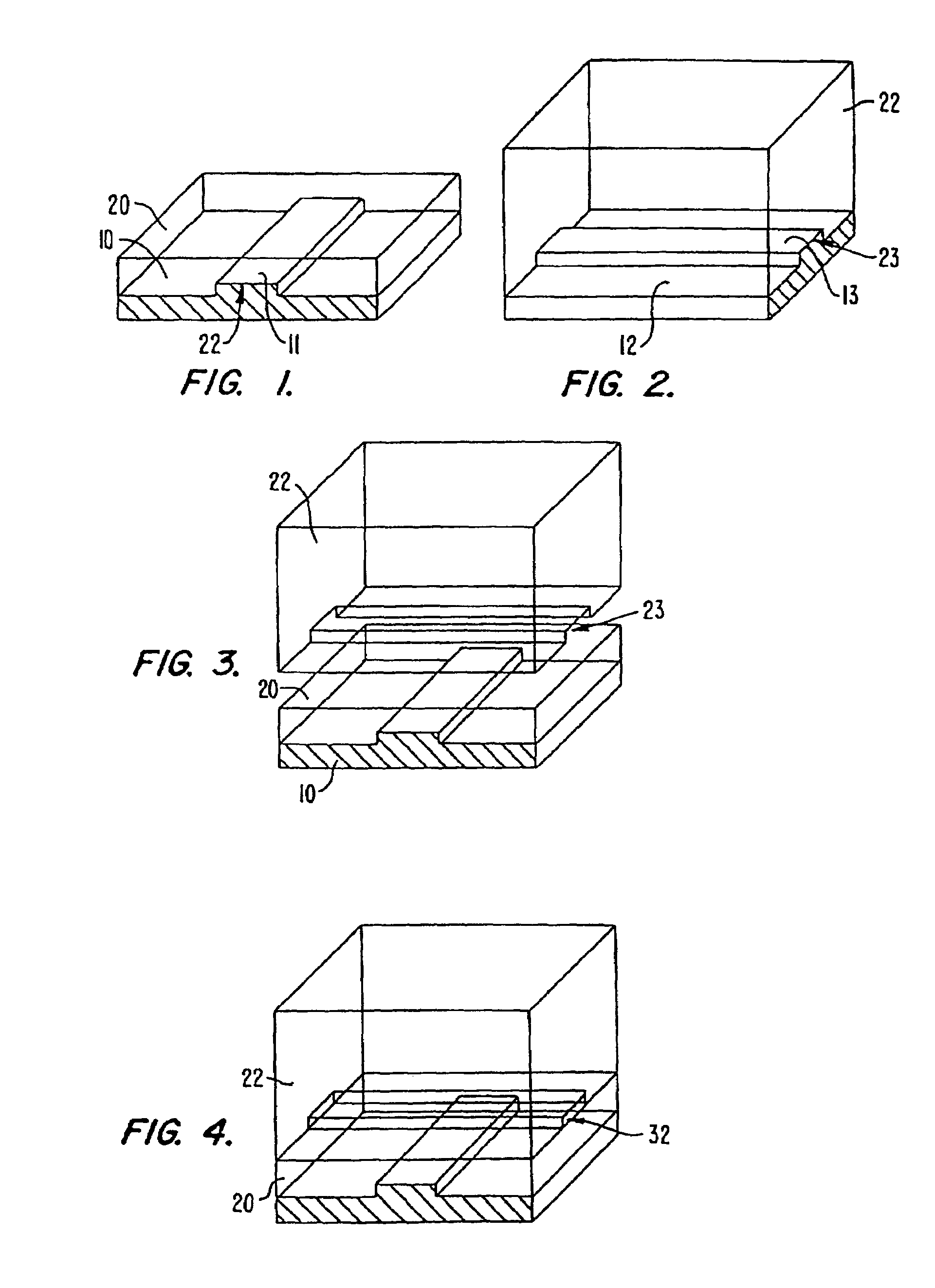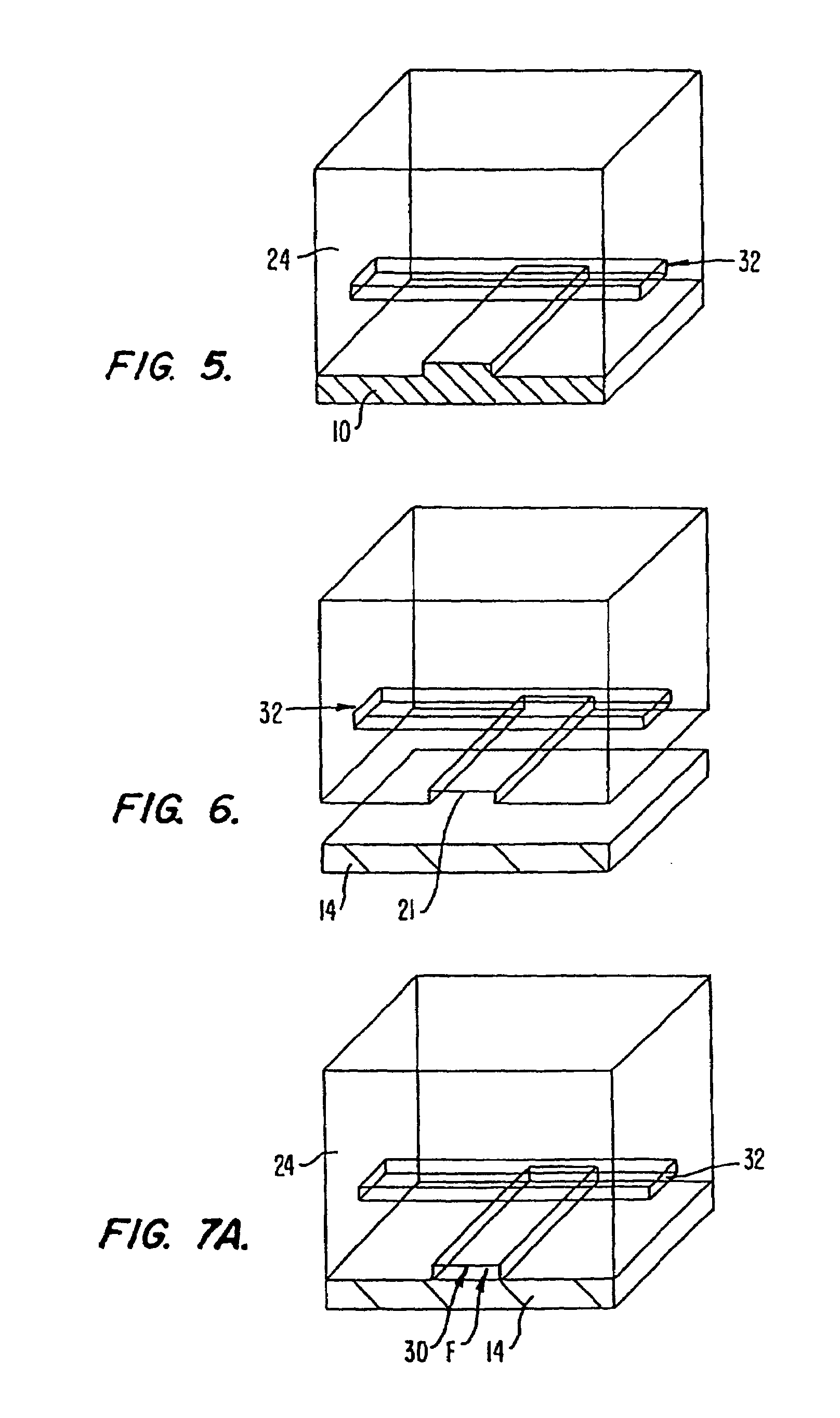Methods and apparatuses for analyzing polynucleotide sequences
a polynucleotide sequence and analysis method technology, applied in the field of high speed, high throughput analysis of polynucleotide sequences, can solve the problems of time-consuming process, numerous disadvantages of the above-mentioned methods, and apparatuses used in these methods are not truly automatic sequencers
- Summary
- Abstract
- Description
- Claims
- Application Information
AI Technical Summary
Benefits of technology
Problems solved by technology
Method used
Image
Examples
example 1
PDMS-DAPEG-PEM Surface Chemistry
[0232]This set of experiments demonstrates a non-UV-based, specific and tunable anchoring of DNA to poly(dimethylsiloxane) (PDMS) in which the DNA remains sterically available for enzymatic biochemical reactions and fluorescence background from non-specific binding is suppressed through polyelectrolyte multilayer (PEM) surface chemistry. In general terms, these experiments utilize a microfluidic chip having a PDMS layer as a floor for the flow channels, and PEM linked to the PDMS with diacrylated poly(ethylene glycol) (DAPEG).
Microfluidic Chip Fabrication
[0233]PDMS microfluidic chips with integrated micromechanical valves were built using soft lithography as described herein with the following modifications. Silicon wafers were exposed to hexamethyldisilazane (HMDS) (ShinEtsuMicroSi, Phoenix, Ariz.) vapors for 3 minutes. Photoresist 5740 (MicroChem Corp., Newton, Mass.) was spun at 2500 rpm for 60 seconds on a Model WS-400A-6NPP / LITE spinner from Laur...
example 2
Multiplexor Method
[0250]According to one aspect of the invention, the number of chambers can be increased to increase the total read length by the same factor. FIG. 31 shows the layout of a multiplexor device comprising 16 chambers (316, 316′, 316″). During the interrogation step, sequencing is conducted through the multiplexor in a single chamber as described above. Once a base is determined, the primers in all chambers are built up to that base by feeding the conjugate standard nucleotides and polymerase down the main channel (322). Alternating between interrogation and buildup produces total read length equal to number of chambers times the read length per single chamber. In addition, the independence of buildup and interrogation feeds means that different polymerases can be used for each feed (for example, more promiscuous and less-sterically-sensitive ones for interrogation, and stricter ones for buildup).
[0251]In another embodiment, the read length can be doubled in an array o...
PUM
| Property | Measurement | Unit |
|---|---|---|
| width | aaaaa | aaaaa |
| thickness | aaaaa | aaaaa |
| height | aaaaa | aaaaa |
Abstract
Description
Claims
Application Information
 Login to View More
Login to View More - R&D
- Intellectual Property
- Life Sciences
- Materials
- Tech Scout
- Unparalleled Data Quality
- Higher Quality Content
- 60% Fewer Hallucinations
Browse by: Latest US Patents, China's latest patents, Technical Efficacy Thesaurus, Application Domain, Technology Topic, Popular Technical Reports.
© 2025 PatSnap. All rights reserved.Legal|Privacy policy|Modern Slavery Act Transparency Statement|Sitemap|About US| Contact US: help@patsnap.com



